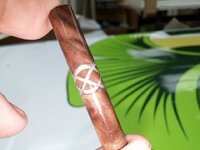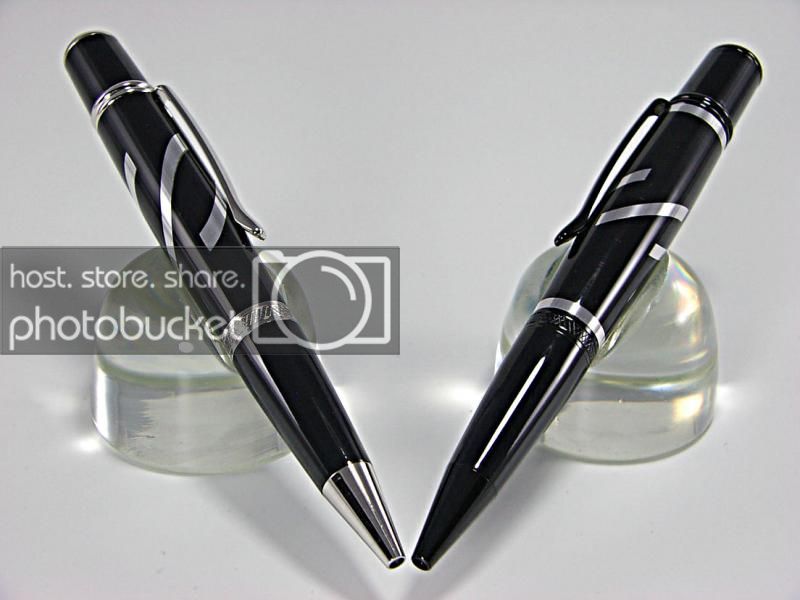Ok I'm almost done with my first celtic knot segmented pen using thin .030 aluminum and wondering if I'm on the right path.
How would you finish it? If it was all wood I would sand to 400 or 500 and then apply my finish. I just feel that to get a good shine on the metal I should be sanding to at least 2000.
I sanded to 1,000 and then started to apply a CA finish with a few coats of BLO and then 3 or so coats of thin and a few medium. I had to leave that way but wondering if I should have gone to the finer grits. My issue is that I have always heard that if you sand wood too fine it closes up the pores and the finish doesn't stick.
The wood is figured crotch walnut and its a slim line if that matters.
How would you finish it? If it was all wood I would sand to 400 or 500 and then apply my finish. I just feel that to get a good shine on the metal I should be sanding to at least 2000.
I sanded to 1,000 and then started to apply a CA finish with a few coats of BLO and then 3 or so coats of thin and a few medium. I had to leave that way but wondering if I should have gone to the finer grits. My issue is that I have always heard that if you sand wood too fine it closes up the pores and the finish doesn't stick.
The wood is figured crotch walnut and its a slim line if that matters.


